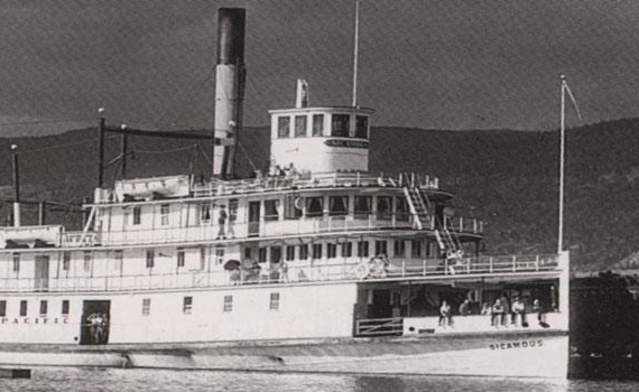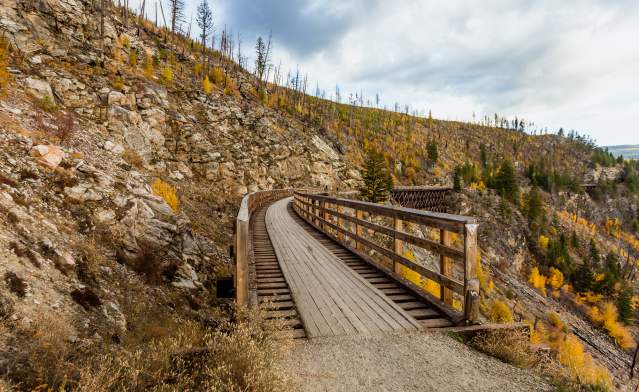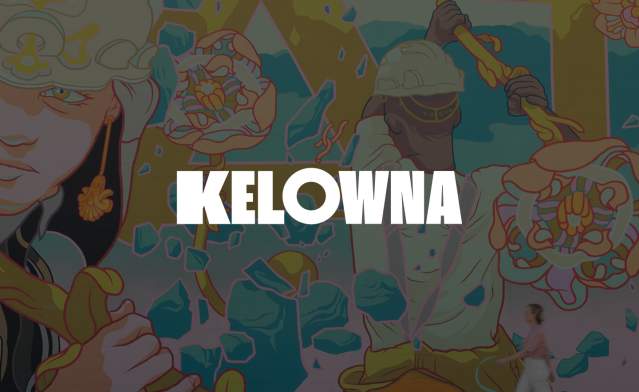Your browser is not supported for this experience.
We recommend using Chrome, Firefox, Edge, or Safari.
The history of Kelowna begins long before the city was incorporated, rooted in the knowledge, culture, and traditions of the syilx/Okanagan people. For thousands of years, the syilx have lived in relationship with the tm̓xʷúlaʔxʷ (land) and kɬúsx̌nítkw (Okanagan Lake), moving through the seasons, harvesting food, and caring for the rich ecosystems of the valley. The very name Kelowna comes from the Nsyilxcən word for “grizzly bear,” reflecting this deep connection between land, language, and story.
The syilx continue to live, work, and share their culture throughout the region today. Visitors are invited to learn about Indigenous history and contemporary life in Kelowna through local Indigenous experiences—from art and cultural programming to guided tours that share stories and perspectives that stretch back millennia.
European settlement arrived much later, in the mid-1800s, when fur traders, missionaries, and ranchers entered the valley. In 1859, Father Pandosy established the Mission of the Immaculate Conception, recognized as the first permanent European settlement in the Okanagan Valley. The preserved Pandosy Mission remains a heritage site where visitors can learn more about this period.
As settlement expanded, agriculture took hold. Orchards of apples, cherries, and other fruits thrived in the fertile soils left by glacial activity, helping to shape Kelowna’s reputation as a farming community. Agriculture remains central to the region’s identity today, celebrated at farms, orchards & markets and in the farm-to-table dining scene.
Kelowna officially became a city in 1905 and has grown steadily since then, strengthened by transportation links, the arrival of the Kettle Valley Railway, and the opening of Kelowna International Airport in 1947. Over time, new industries like wine making and tourism expanded the city’s identity beyond agriculture.
Today, Kelowna is a vibrant urban centre, but its roots remain in the land and the traditions of the syilx/Okanagan people. Their culture and stewardship continue to shape the valley, reminding all who visit that history here is not only remembered—it is alive and evolving.
Historic Westside Road
The trail between Fintry and Nahun was the last remnant of the Hudson Bay Trail. It was used to travel between the two communities after the Shorts Point Post Office was closed. A rough…
Historic Sites
How did Kelowna, BC, get to be one of the nation’s most enchanting cities? Find out for yourself by taking a tour through Kelowna’s rich and diverse history.







